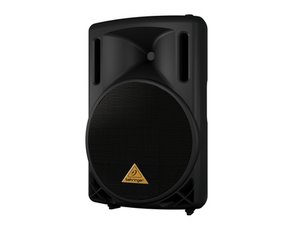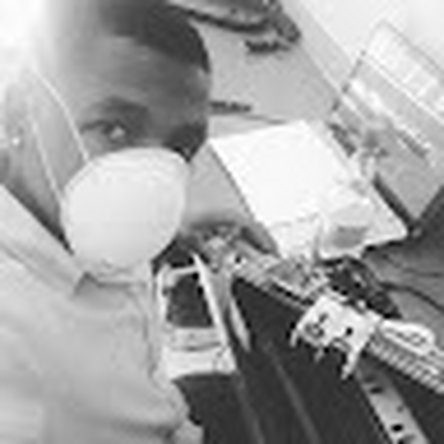I fixed a Behringer BD212D which did not powered up recently: here are some clues.
Diagnostic: 16V DC supply not functional due to unreliable design and poor quality components…
1) Schematics: Look for Eurolive BD215D schematics, they are almost identicals.
2) Disassemble the unit following available tutorials. Take pictures, count your screws !
3) I had to replace IC3 (Viper22A available on Digikey as #497-7594-5-ND)
4) I also replaced also C10 (replace with 47 uF, 35V), C2 (replace with 100uF, 35V) and D37 (replace with 800V,1.5A) diode.
5) Reassembled everything, thanks to pictures.
6) Power-up ok, tested ok
crwdns2934105:0crwdne2934105:0
crwdns2934113:0crwdne2934113:0
crwdns2915270:0crwdne2915270:0
crwdns2889612:0crwdne2889612:0
3

 2
2  1
1 
 2.4crwdns2936485:0crwdne2936485:0
2.4crwdns2936485:0crwdne2936485:0 




crwdns2944067:06crwdne2944067:0
The lights do not flicker every time. When they do flicker I can hear a noise hum. The guide did help me take it apart, but I did not see any thing that looked unordinary. I thought it may be the power switch...I will post some photos later...thank you
crwdns2934271:0crwdnd2934271:0 Jake Boger crwdne2934271:0
данная проблема характерна для всех колонок этой серии! причина в износе электролитических конденсаторов вторичных цепей импульсного блока питания. ремонт - замена (желательно всех) конденсаторов.
!!!надо правильно выбрать марку конденсаторов, иначе сделаете хуже
Google translation:
This problem is typical for all columns of this series! reason for the deterioration of the electrolytic capacitors of the secondary circuits of the switching power supply. repair - replacement (preferably all) of capacitors. !!! it is necessary to choose the brand of capacitors, otherwise make worse
crwdns2934271:0crwdnd2934271:0 cyborr crwdne2934271:0
Hey guys. I've left my two 212Ds in the garage now for about a year cause I was broke and couldn't but the replacement part supply. Looking at the PCB, one of the smaller caps was definitely bulging and I got into electronics just enough to be dangerous… When I finally got the courage to replace the bad caps myself, I couldn't for the life of me melt the solder on the board! Is it just my cheap Chinese made soldering iron, or is the board somehow protected to prevent a relative noob like me destroying a PCB? (Which is busted anyway, so may as well give it a try, right?)
Related question: Does the brand of capacitor matter much? I'd like to go with something higher quality than what's already in there… Panasonic maybe? This only matters if I can melt that dang solder! (My iron claims to go upward of 450, so I assumed it'd be fine. It worked on all my other small projects (thanks radio shack!)
crwdns2934271:0crwdnd2934271:0 Eddie Ludema crwdne2934271:0
Hi Eddie Ludema
I think is more on the wattage your soldering can give out.... IIRC min 60W, best I heard is ard 80W is good. To desolder add some new solder over to it, to have some flux, it does help to melt and use a desoldering pump to remove it.
crwdns2934271:0crwdnd2934271:0 Augustine crwdne2934271:0
I have been soldering since I was 9yo, it's not something that anyone will be good at without some practice.
You need to get the solder to flow, to conduct the heat from the iron. I also wouldn't recommend using an Iron that is not temperature controlled, if you don't know what temperature your iron is how are you going to know if it is going to melt solder or burn the crap out of the PCB
Perhaps practice on some boards that don't matter, removing and installing components, Personally I prefer de-soldering wick over the sucker pump, although they do have their place.
crwdns2934271:0crwdnd2934271:0 David Gillmer crwdne2934271:0
crwdns2934273:01crwdne2934273:0